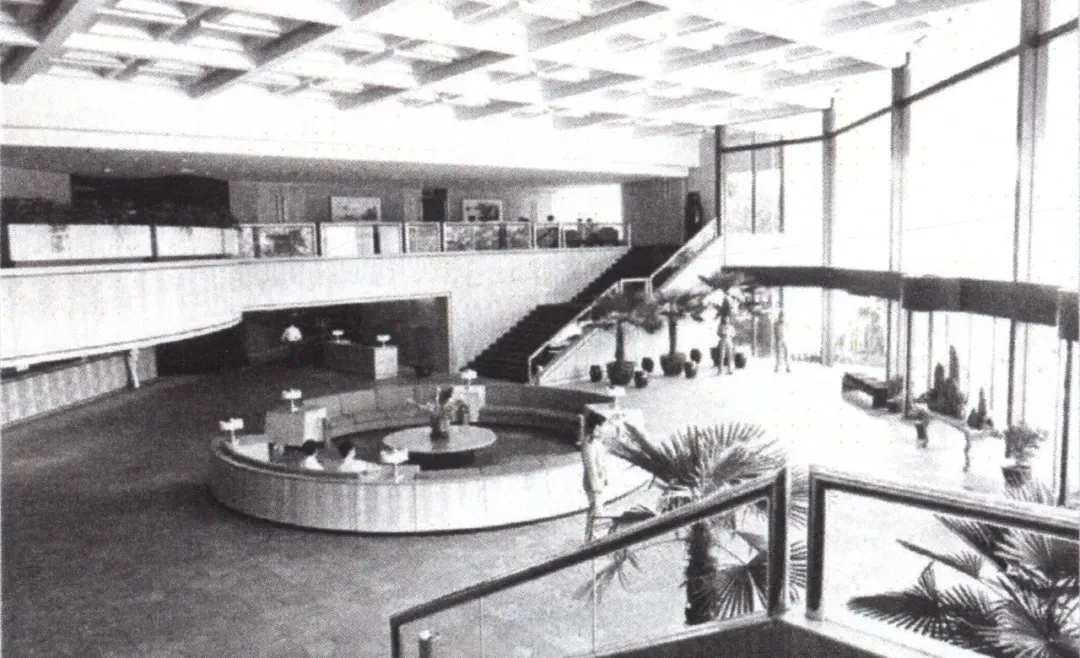Arriving in the Future in Skyscrapers
In 1909, Italian poet Filippo Tommaso Marinetti published the Futurist Manifesto. In the manifesto, he created an art philosophy called futurism, which rejects the past and glorifies speed, machinery, youth, and industry. The worship of the machine age is an important theme for futurists.

Completed in 1923, Lingotto Factory is considered the first futurist building. This building, constructed by the Italian automobile company Fiat, became the world's largest car factory at that time. The factory has five floors, with spiral concrete ramps at both ends. Raw materials enter from the first floor, while finished cars are born from the roof and immediately roll onto a 1.5-kilometer-long aerial test track.
At the time, the avant-garde design of Lingotto Factory was impressive and quickly became one of the wonders of industrial architecture. As this factory demonstrates, the characteristics of futurist architecture include sharp contrasts, the use of emerging materials, and long dynamic lines that suggest speed, motion, urgency, and lyricism.
Futurism is not a style but a relatively free and unconstrained architectural approach. That is why it has been reinterpreted by generation after generation of architects in the following decades while still retaining vitality.
After World War II, there was unprecedented enthusiasm for the space age, atomic age, automobile culture, and the widespread use of plastics. Since the launch of the first artificial satellite on October 4, 1957, people's curiosity for cosmic exploration has been ignited. Subsequently, space agencies were established in the Soviet Union, the United States, Europe, China, Japan, etc. This grand competition for exploration not only promoted the generation of scientific knowledge but also spurred market innovations and bursts of inspiration.
During the same period, new futurist architecture was born. Eero Saarinen, Alvar Aalto, Adrian Wilson, and Charles Luckman were key architects representing this new futurism.

A wave of sci-fi-inspired broadcasting towers and flying saucer-shaped rotating restaurants emerged around the world. Berlin TV Tower, Space Needle, BT Tower, and the Theme Building at LAX are all iconic for their unique shapes.
Before it spread to China, the “rotating restaurant fever” had already swept the globe, which should be familiar to those born in the 80s and 90s.
The first high-rise rotating restaurant in China, “Xuan Palace,” opened in 1983 on the 36th floor of the Jinling Hotel in Nanjing. It rotates at a speed of one circle per hour, allowing guests to take in the whole view of Nanjing. At the beginning of its opening, Xuan Palace charged a ticket price of 5 yuan for public visits. Curious citizens lined up eagerly to take photos by the windows as memorabilia.

Although today's rotating restaurants are no longer in their prime, they were hot commodities in major cities worldwide at the end of the 20th century.
“The Cold War spurred a symbolic demand for political progress, and rotating restaurants not only satisfied the politicians seeking symbols of status, and entrepreneurs looking to attract customers, but also met the public's desire for a 'future-like life,'” Chad Randel wrote in his book Rotating Architecture. “People can view the wonders of the world panoramically from new heights and perspectives, even across different periods.”
From the 80s to the 90s, new futurism blew into China. Coincidentally, this period coincided with China’s reform and opening up; the economy began to develop at an accelerated pace. Cities expanded continuously, and people were full of expectations for life, with admiration and yearning for skyscrapers. Many uniquely shaped skyscrapers rose during this period. In 1984, the under-construction Shenzhen Guomao Tower, which was the first tall building in China, achieved the legendary engineering record of 'one floor every three days.'
At that time, the technology for glass coating was not yet mature, and the price of super white glass was high. Therefore, to meet the needs for sunshade and heat insulation, green, brown, and blue glass were commonly used on the facades of high-rise buildings. However, this also became a symbol of fashion. Blue glass could reflect clouds on sunny days, seemingly merging with the sky; while colored glass echoed with the silver building structures, often evoking thoughts of spaceships.

.png)